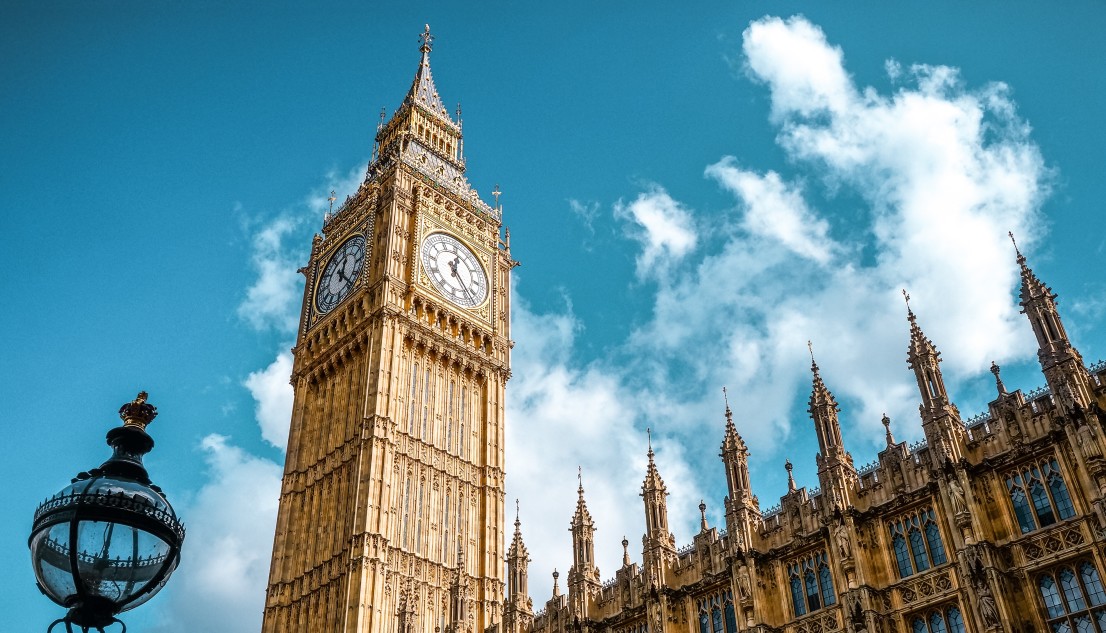This is part two of a series on “The Men Who Built America.”
In a previous post I introduced Cornelius “Commodore” Vanderbilt, the man responsible for bringing down the costs of travel on steamboats for passengers in the Northeast. But in that introduction, I didn’t relay the whole story.
The Fulton company that had a New York government monopoly on steamboat traffic quickly noticed that Vanderbilt was taking away their passengers. Since they were funded by the government, this didn’t threaten their profit margins directly. But it did indirectly threaten their livelihood, because if the Commodore could run a business more efficiently than they could, the state government might pull their funding.
So they bought out Vanderbilt. Other entrepreneurs saw what had happened and decided they wanted to make money where money was to be made. After all, they knew running a business with lower passenger fares could be done; Vanderbilt had done it. Vanderbilt was able to fight for the common man by fighting monopolies, improving technologies and cutting costs. This motif led the Commodore to his next project: steamships.
Due in part to the advancements made in the steamboat industry, steamships became viable travel options in the 1840s, especially for trans-Atlantic routes. Edward K. Collins was the first to get a federal subsidy to build a fleet of five steamships to compete with the English’s Samuel Cunard line. He was given $3,000,000 and $385,000 a year by Congress. This lobbying, much like today’s, led to some horrible mismanagement and inefficiency.
Collins ended up only building four ships (instead of five), and decked out his ships in luxury. According to Burton Fulsom, Jr., each ship contained:
… elegant saloons, ladies’ drawing rooms, and wedding berths. He covered the ships with plush carpet and brought aboard rose, satin, and olive-wood furniture, marble tables, exotic mirrors, flexible barber chairs, and French chefs. The state rooms had painted glass windows and electric bells to call the stewards.To make matters worse, Collins used twice as much coal on his ships than Cunard’s English ships. With government subsidies coming in each year, Collins had no concern to lower his operating costs. So, much like as we see with today’s government subsidies, Collins asked for more—and more he got. His D.C. schmoozing increased a $385,000 annual subsidy to $858,000! At this, Vanderbilt had seen enough. In 1855 he promised to operate steamships for half the cost of Collins’s fleet. Collins tried to stop Vanderbilt from going to Congress—but it didn’t matter. The politicians were already behind Collins, and did not want to be seen as failures if they switched to Vanderbilt. (Today, we see the very same foolish and ashamed actions by Washington politicians.) Naturally, the Commodore was frustrated. “Private enterprise may be driven from any of the legitimate channels of commerce by means of bounties,” he said. As with today’s cronyism, competition is always undermined if the market contest is unfair from the start. Government subsidies create monopolies or special privileges for the companies it favors. (Consider the debates around Solyndra, or other examples where the federal government picks winners and losers.) Vanderbilt went forward anyway without a subsidy. He found creative ways to beat the Collins government-based monopoly. He had hardly any (if any) insurance on the ships, he spent less on repairs and maintenance (because his ships were build better to begin with), and his marketing brought in second- and third-class passengers at a much larger rate than Collins. In the end, Vanderbilt’s ships were faster than Collins’s. Collins’s company was in trouble. By 1856, two of his four ships sank, killing hundreds of passengers. To make matters worse,, he thought building a gigantic ship (over $1 million in government subsidies) could make him credible against Vanderbilt. Instead, the ship made just two trips, and had to be sold, at a $900,000 loss. Over time, the politicians lost faith in Collins. Vanderbilt again proved that the market works better than government subsidies. Fulton, Collins and the governments actually stalled progress, because the monopolies stifled technological innovation, which when integrated cuts costs for consumers like you and me. If the past is prologue, we should take a lesson from those who practiced fair play, rather than seeking special government privileges.



